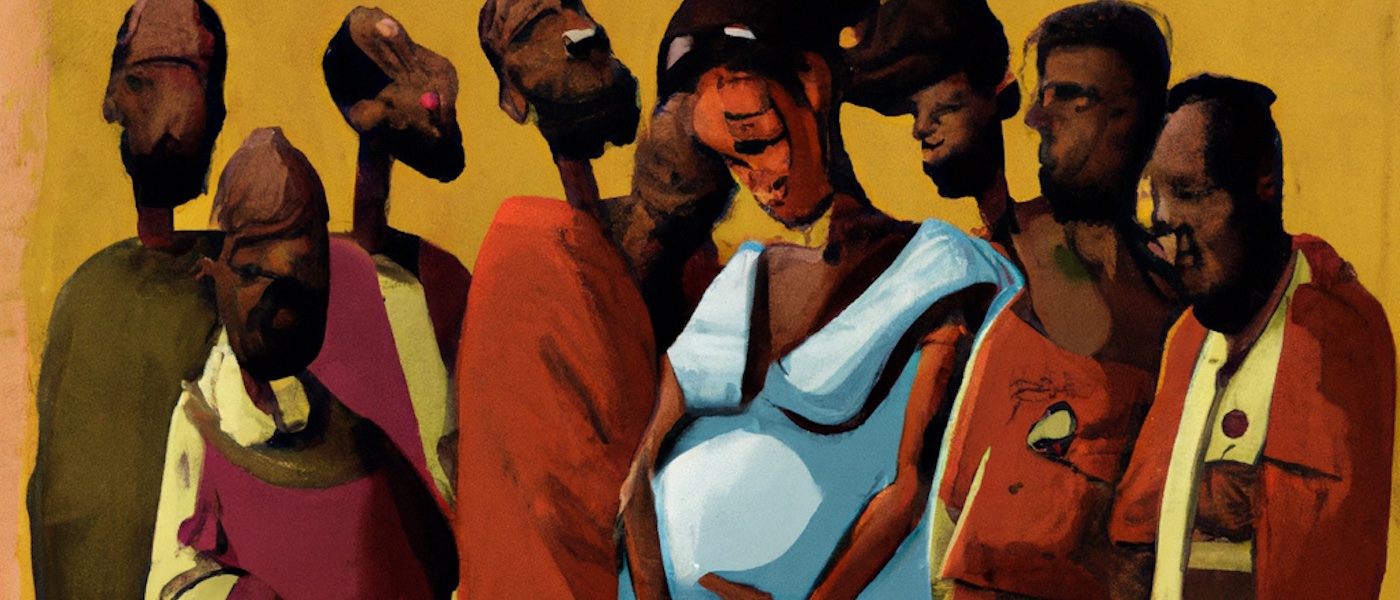
July 15, 2022
I’m not thrilled about the overruling of Roe v. Wade, but let’s try to look for upsides.
(Background: In 1973 the U.S. Supreme Court ruled that abortion was a constitutionally-guaranteed fundamental right, due to the 14th Amendment’s Due Process clause’s “right to privacy”. In 2022 this was overruled, again by the U.S. Supreme Court, mostly on the grounds that abortion was not a historical right in the U.S. This returned the issue to statutory law, where states and other jurisdictions can pass abortion-restricting laws without limits.)
When Roe passed, 46 states either fully (30) or mostly (16) banned abortions. The Supreme Court wielded a huge amount of power in invalidating important laws in the supermajority of states. Giving that kind of power to an institution is asking for trouble, since that institution might some day be controlled by the opposition. A Supreme Court packed with Scalia types might ban abortions nationwide, perhaps quoting the same 14th Amendment: “nor shall any State deprive any person of life”. I suspect pro-choice citizens would suddenly decide that courts should not adjudicate abortion rights! It might be best if we all agreed that such issues shouldn’t be decided by the courts, since its members’ appointments are long-lived and mostly disconnected from voter preferences. The U.S. Supreme Court is especially prone to shaky and fickle interpretations of the Constitution. A small undemocratic fickle group is hardly the best source for a policy so important to nearly every American!
Not only that, but these decisions shouldn’t be decided at the national level, as Biden (through executive orders) and Congress are currently trying to do. Again we can imagine a conservative president or Congress that bans abortions nationwide. As terrible as it is for women in abortion-banned states to have to travel to other states, it would be worse if they didn’t even have that option. The more local the decision, the less they’d have to travel. Every red state has large blue cities within a few hours’ drive. I think it’s unlikely we’d actually decide these things at the city or county level, but perhaps we should agree to aim for that and away from nationwide decisions and statutes.
For the same reason, perhaps we shouldn’t try to pass a constitutional amendment to guarantee abortion rights. It might backfire and ban them! Whatever power you’re tempted to give to an institution, first imagine the opposition controlling that institution. This doesn’t argue against giving any institution power — only that you should be okay with the opposition also controlling that institution, and whatever repercussions that might have. Typically this works best when the institution has checks and balances, and has effective error correction mechanisms (such as recalls). As a gut check, if the idea of an amendment banning abortion terrifies you, then, as a matter of principle, perhaps don’t look to amendments as a solution to abortion rights.
There may be a more subtle silver lining. It’s been a mystery for a while, that, when polled, a solid majority of American voters would prefer abortion to remain legal. (It’s between 54% and 70% depending on education level.) How are red states even able to pass these laws? How are pro-life politicians even elected? Here’s one possible explanation. Imagine a voter who is (say) fiscally conservative and pro-choice. They can choose between a Democrat and a Republican candidate. They know the Republican is pro-life, but they also know that this is irrelevant, since Roe v. Wade guarantees that this candidate won’t be able to actually curtail abortion rights. This person can vote Republican and get both of their preferences.
Without Roe v. Wade, though, this voter must choose between their fiscally conservative preference and their pro-choice preference. I don’t know how many such voters there are, but some of these voters will switch from voting Republican to voting Democrat. If the effect is large enough, it’ll put pressure on some Republican politicians to moderate their abortion stance. Again this effect will be greatest on a local level; another reason to push decisions that way.
The opposite combination might exist too (a voter who is fiscally liberal but pro-life and currently votes Democrat, but switches to Republican), though presumably there are fewer of those, given the above polling statistics.
So, overall I think the reversal is a loss for the pro-choice movement, but perhaps the Democratic Party will pick up some voters along the way. At the very least we’ll see how many of these pro-life voters and politicians are truly willing to curtail abortion rights, and how many were bluffing.
(Cover image credit: DALL-E, “Painting of nine judges surrounding a sad pregnant woman.”)